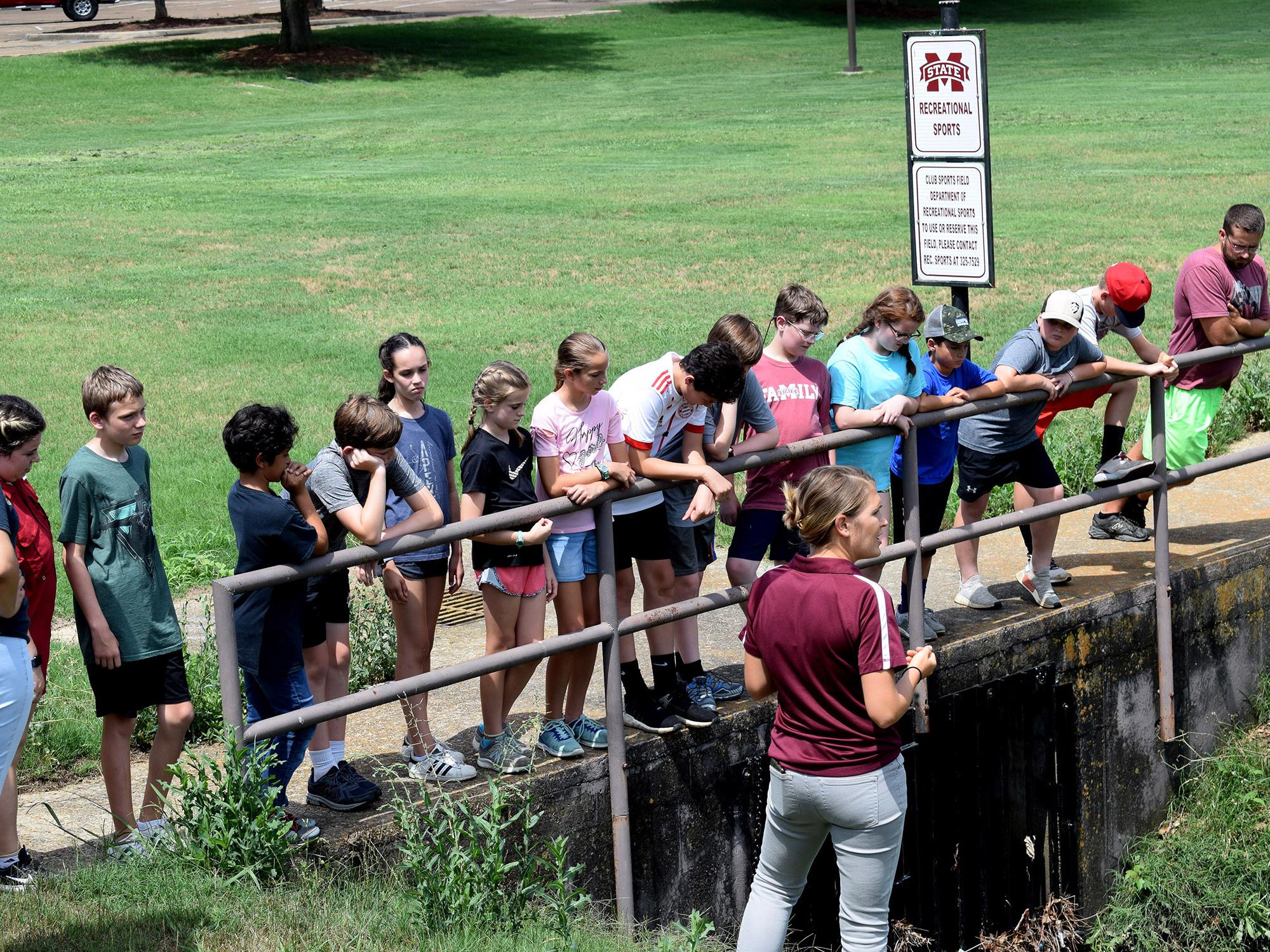Information Possibly Outdated
The information presented on this page was originally released on July 13, 2018. It may not be outdated, but please search our site for more current information. If you plan to quote or reference this information in a publication, please check with the Extension specialist or author before proceeding.
Take steps to reduce storm water runoff
STARKVILLE, Miss. -- It's that time of year when many parts of the state really need a good rain. Afternoon pop-up storms often bring torrential downpours that drop a couple of inches of rain in less than an hour, instead of the perfect, slow showers we need.
These fast, heavy showers send water washing over farm fields, yards, parking lots and streets. Flowing water can rapidly overwhelm the capacity of storm drains and creeks, increasing the chances of flooding and polluted runoff.
Storm water is rainfall or melted snow that runs off impervious surfaces, such as streets, rooftops, sidewalks and parking lots. Poorly drained or compacted soils can also function as impervious surfaces that prevent storm water from soaking into the ground or being absorbed by plants and trees. Natural processes, such as soil absorption, allow pollutants to be filtered out.
When areas are unable to drain as fast as storm water flows, urban drainage systems act as conduits that allow backflow into yards, roads and sidewalks. Storm water can also lead to sewage overflows. Flooding from storm water, if frequent and severe, can cause economic hardships, structural damage to homes and possibly declining property values.
Bodies of water can be impaired by pollutants carried in storm water. Water flowing over urban lands can pick up pollutants from streets, parking lots and yards, and then move them directly to creeks, streams, rivers, lakes, estuaries and marine environments. Common pollutants include oil, grease, metals and coolants from vehicles, as well as fertilizers, pesticides, sediment, trash and bacteria from pet waste.
The U.S. Environmental Protection Agency considers storm water runoff to be a nonpoint-source of pollution, which means it’s a source that can’t be traced to a specific outflow point, such as a pipe from an industrial plant. Nonpoint-source pollution can threaten aquatic organisms, recreation opportunities, fisheries productivity and health, and even human health and drinking water for downstream consumers. This problem is widespread; storm water runoff impairs water bodies across the U.S.
There are many ways communities can improve storm water management and help to reduce pollution by making small changes. Be proactive by storing and disposing of household cleaners, chemicals and oil appropriately. Use fertilizers and chemicals sparingly, and always use pesticides in accordance with label instructions. Homeowners can use rain gardens or green roofs to capture storm water. These practices decrease water velocities and mimic natural, slow seepage of water through soil. Preserve natural features on your land such as natural vegetation buffers along streams or drainage canals that can filter runoff and slow water flow.
For more information about water resource protection, contact Beth Baker with the Research and Education to Advance Conservation and Habitat program at MSU at 662-325-7491 or beth.baker@msstate.edu.

Editor’s Note: Extension Outdoors is a column authored by several different experts in the Mississippi State University Extension Service.



